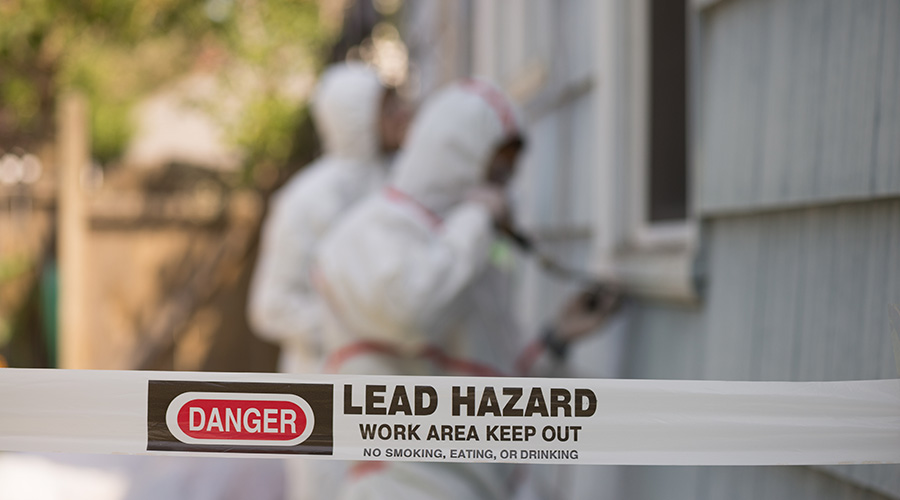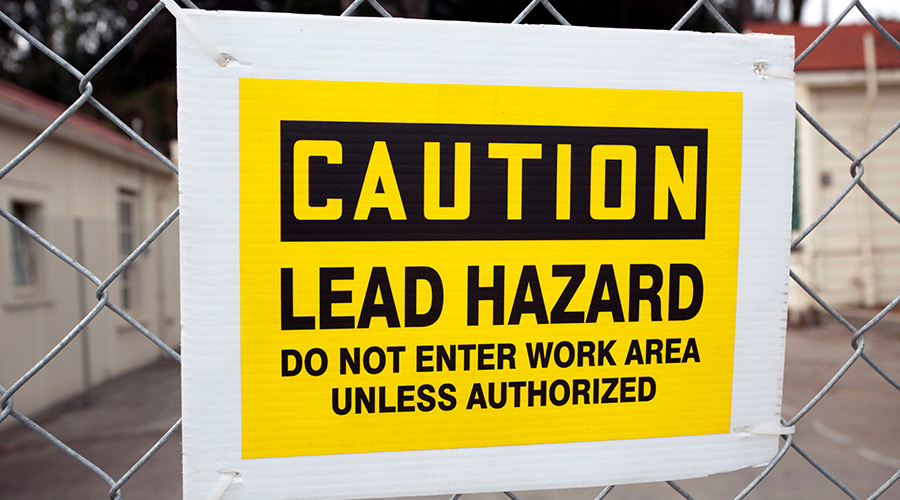Vibration Analysis Avoids Equipment Failure
Many manufacturing facilities use vibration analysis to detect early signs of machine failure, allowing technicians to repair or replace machinery before a catastrophic failure occurs. All rotating equipment vibrates, but as components begin to fail or reach the end of their serviceable life, they begin to vibrate more and in unique ways.
Ongoing monitoring of equipment allows technicians to identify these indicators of wear and future damage well before the damage becomes total failure.
When technicians use condition monitoring correctly, it can result in significant cost savings compared to traditional maintenance approaches. In traditional maintenance approaches using preventive maintenance, technicians would replace these faulty components on a fixed schedule. In a reactive-maintenance scenario, technicians would repair or replace these components only after they have reached total failure.
Vibration monitoring and analysis allow technicians to detect problems and make the repair-or-replace decision before complete failure for such key components as:
- bearings
- machine or component unbalances
- misalignments
- gears
- electrical issues
- bent shafts
- loose fasteners, bolts, mounts, etc.
- impeller issues.
Although not typically considered PdM, lubrication training and certification is critical. This assures the organization that technicians are storing, handling, and applying lubricants properly. This also minimizes or eliminates the possibility of contamination issues. One comprehensive study detailed the benefits of good lubrication, but too few organizations receive these benefits today. Benefits include:
- reduced energy use through reduced friction
- lower overall lubrication costs
- lower maintenance and repair costs
- fewer consequential losses due to downtime
- savings in investments due to higher utilization ratios and greater equipment efficiency
- labor savings
- savings from extended equipment life.
The benefits of PdM are obvious. This technology has been in use for years in the manufacturing environment, and the benefits have been proven repeatedly. The costs of implementing these strategies are routinely paid back ten-fold through early detection and avoidance of catastrophic failure.
All applications provide additional cost saving or avoidance, since they allow for monitoring and establishing a prediction point of failure and give managers the opportunity to proactively plan and schedule the repair in the future. This technology also affords maintenance and engineering managers the opportunity to purchase and receive necessary replacement items through normal procurement, not expedited or emergency — and more costly — purchases.
The biggest advantage is that this is non-intrusive maintenance. Most PdM techniques require the equipment to be in a normal operating condition, and this situation minimizes or eliminates downtime for maintenance activities.
Dave Bertolini is a managing principal with People and Processes Inc., which specializes in changing cultures from reactive to proactive through the optimization of people and processes. He has more than 30 years of experience in improvement initiatives for institutional, commercial and manufacturing facilities.
Agree? Disagree? Have something to say? We want to hear from you. Visit myfacilitiesnet.com/members/DaveB/default.aspx, and "Start a Conversation."
Related Topics:












